Double Cluster
Click image for full size version
October 1, 2023 – Optolong LQEF Filter Test
I’ve imaged the Double Cluster with just about every different scope and camera that I’ve used. This image is a test of the new Optolong L-Quad Enhance Filter (LQEF), a light pollution filter for broadband photography. This test was conducted under a full Moon and moderate transparency – a tough test for any filter. For my first target I chose the Double Cluster to evaluate star colours and shapes. This filter performed well on these targets. I will test on a galaxy when the Moon is out of the sky.
NGC 869 (right) and NGC 884 each contain hundreds of stars and are about 13 million years old (compared to 75-150 million years for the Pleiades). Lying about 7,500 light years away and a few hundred light years apart, they have a combined mass about 6,500 times our Sun’s. However, their combined halo is more than 20,000 solar masses. The clusters are moving towards us at a speed of about 40 km/s.
These open clusters are bright enough that they were originally given star designations (h- and Chi Perseus). They are visible to the naked eye, appearing as an oval foggy patch in a dark sky. They look like sparkling white diamond dust in binoculars or a small telescope.
Tekkies:
Takahashi FS-60CB scope with flattener at f/6.2 and QHY367C Pro one-shot colour camera with Optolong L-Quad Enhance Filter. Acquisition and Paramount MX control with N.I.N.A. No guiding All pre-processing and processing in PixInsight. Acquired from my SkyShed in Guelph on September 29, 2023. Average transparency and seeing, full Moon.
42x5m chrominance = 3hr30m
Preprocessing: The WeightedBatchPreProcessing script was used to perform calibration, cosmetic correction, weighting, registration, local normalization, integration and Drizzle integration of all frames (CFA Drizzle checked, Scale=2x, Drop Shrink=0.9, Gaussian kernel).
Gradient Removal: DynamicBackgroundExtraction was applied to the OSC master.
Colour Calibration: SpectrophotometricColorCalibration was used to calibrate the OSC master.
Deconvolution: BlurXterminator was applied using an automatic PSF, star sharpening set to 0.10, and “Correct First” selected.
Linear Noise Reduction: NoiseXterminator was applied with Amount=0.95 and Detail=0.5
Stretching: HistogramTransformation was applied to make a pleasing yet bright image. Approximate background level after stretch was 0.10
Nonlinear Processing
Nonlinear Noise Reduction: NoiseXterminator was applied with Amount=0.9 and Detail=0.25
Final Steps: Background and star brightness, contrast and saturation were adjusted in several iterations using CurvesTransformation with masks as required. ICCProfileTransformation (sRGB IEC61966-2.1; Relative Colorimetric with black point compensation) was applied prior to saving as a jpg. The finder chart was made using the FindingChart process.

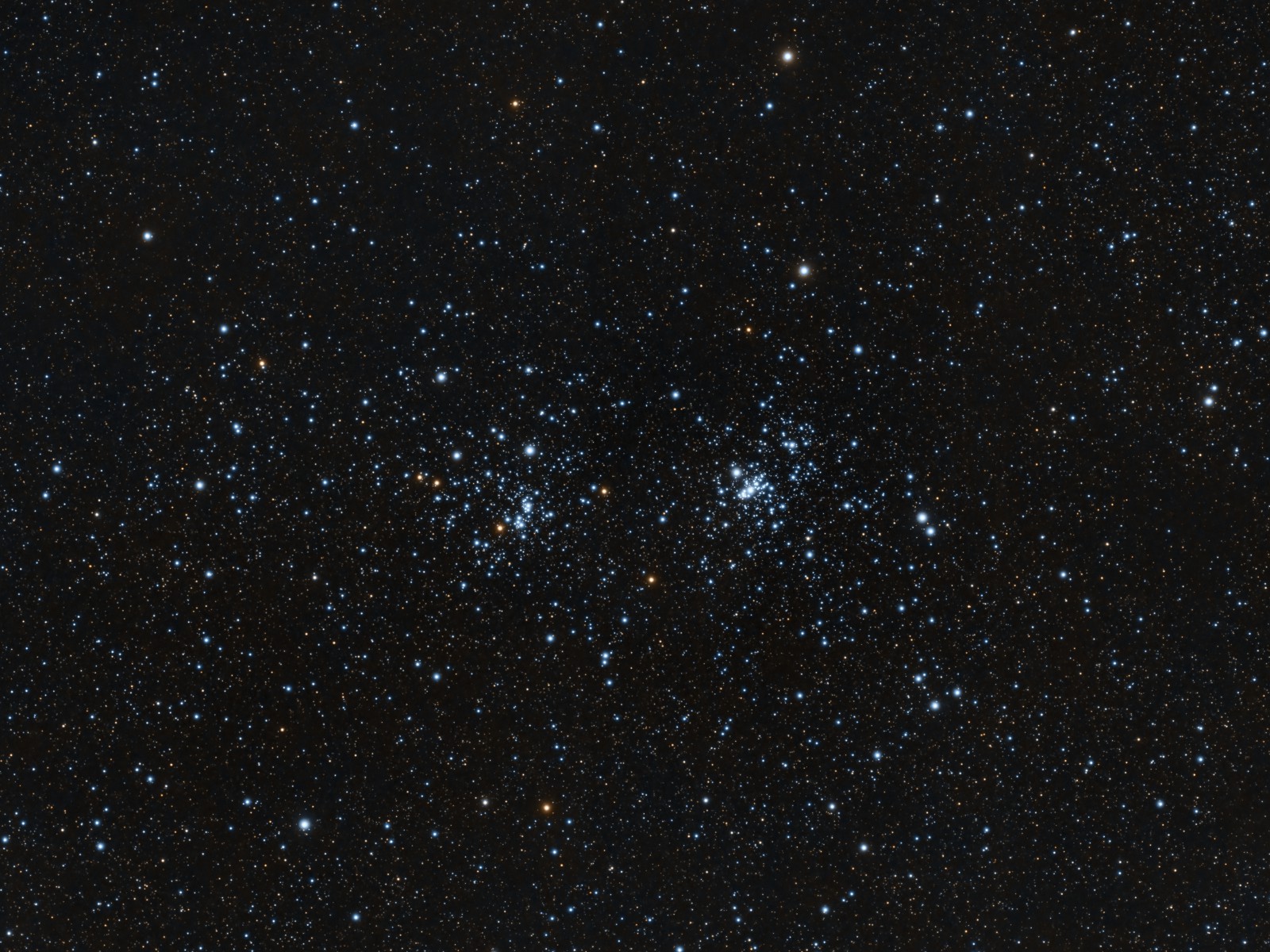
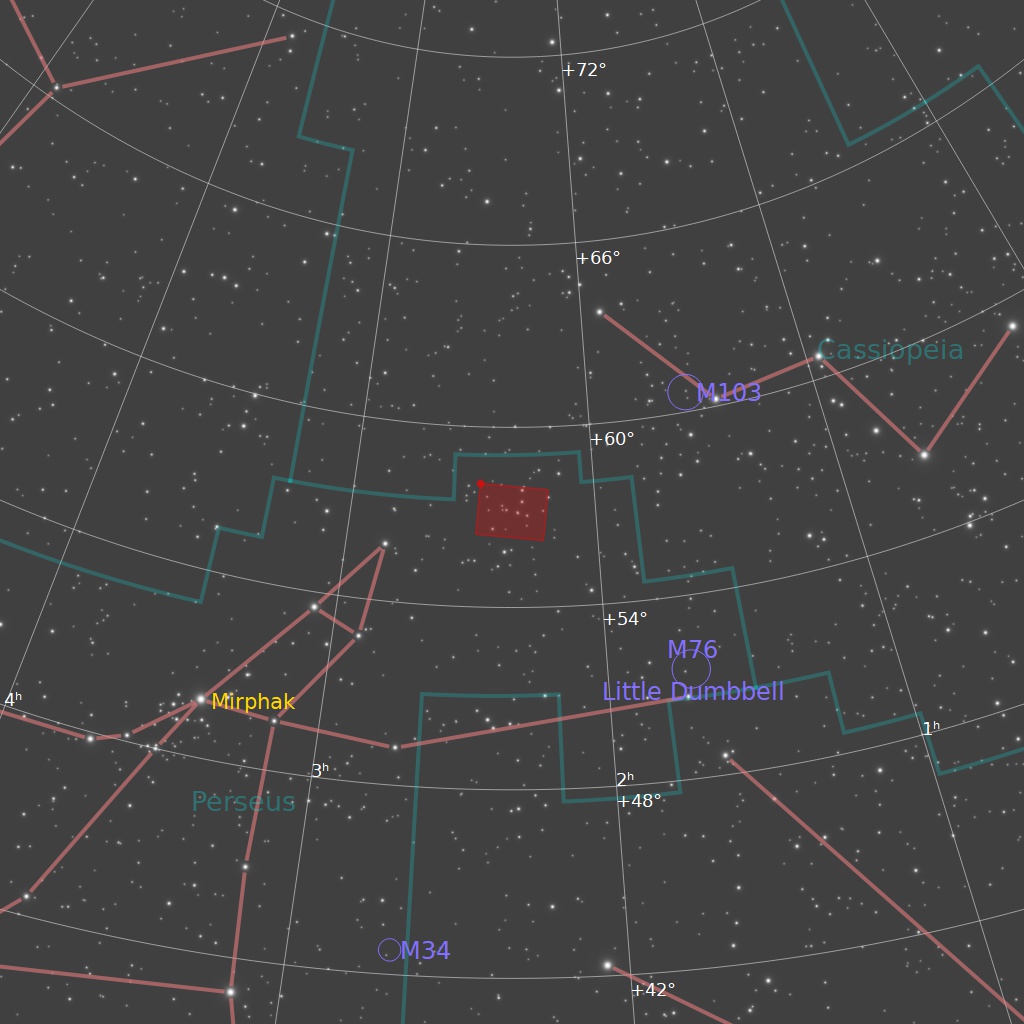
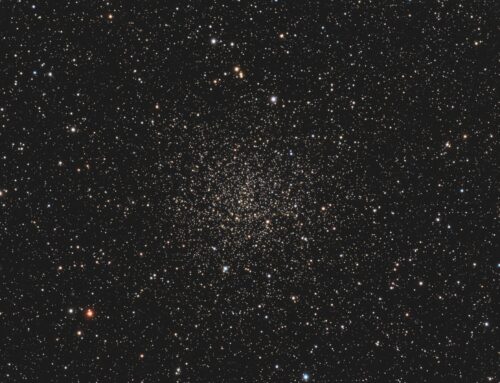
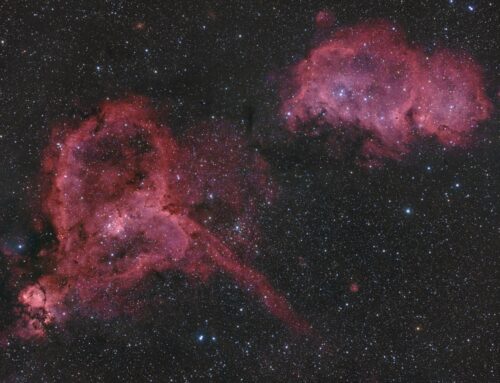
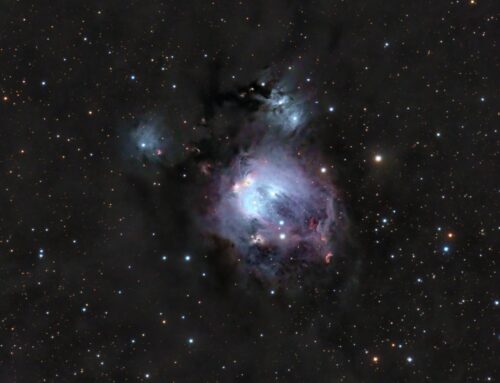
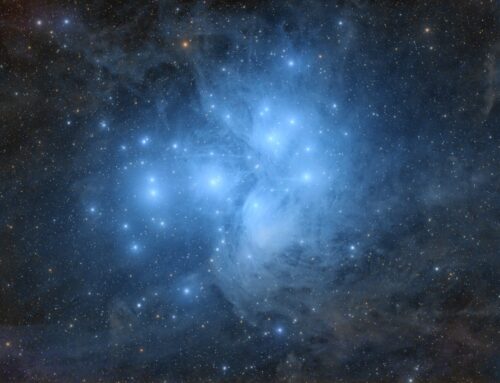
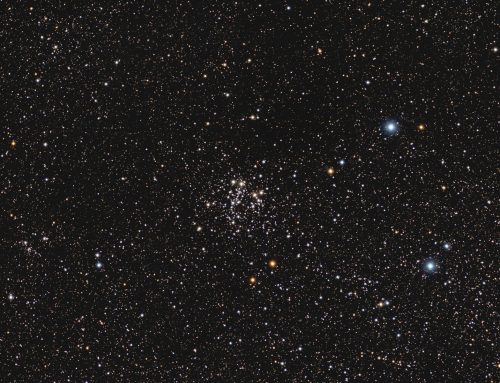
Gorgeous image, like always!